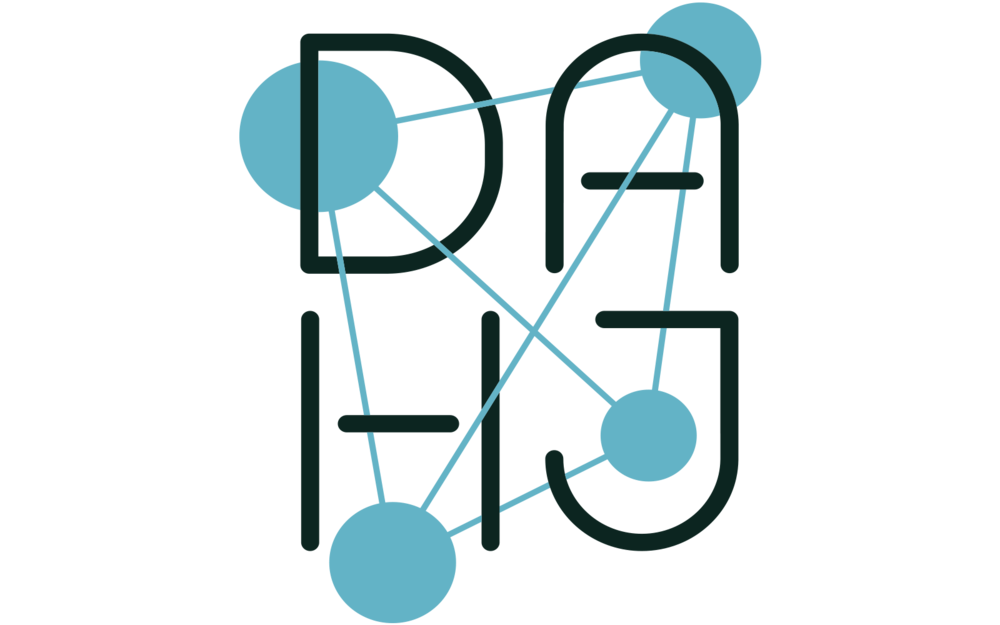Abstract
This paper introduces a visualization technique designed to uncover iconographic patterns prevalent within a collection while at the same time allowing close viewing of these particular details. Challenging an institutionalized understanding of overview and detail as inherently opposed, the intention of this research is to develop a visualization method that accounts for the iconographic abundance of a collection and encourages its casual exploration. Expanding digitization efforts have led to a growing number of rich cultural heritage datasets that are successively being published online. At the same time scholars are exploring the potential of computational methods to expand the scale and scope of art history. In this context, data visualization is often equated with a distanced perspective diminishing the intricate and intriguing details of individual artifacts. In collaboration with a museum of applied and decorative arts, we have devised a novel interface concept for the exploration of image collections such as historical glass plate negatives. Inspired by photographic plates on a light table, the resulting Close-up Cloud translates the art historical method of close viewing into the digital by combining it with a dynamic representation of quantitative iconographic patterns across an entire image collection.
DOI: https://doi.org/10.11588/dah.2020.5.72039
Authors
Pauline Junginger
holds a Master’s Degree in European Media Studies from the University of Potsdam. In her research, she focuses on the intersections between media studies, feminist theory and science and technology studies.
Dennis Ostendorf
is a designer and developer with a focus on interactive data visualization. He studied Visual Communication at Shenkar College in Ramat Gan and Interface Design at the University of Applied Sciences Potsdam, where he achieved his Bachelor’s degree. In his work he visualizes data and digital content and communicates topics and stories, e.g. in the fields of cultural collections and climate change scenarios.
Barbara Avila Vissirini
is communication designer and research associate at the Urban Complexity Lab. She holds a Master’s degree in Design from the University of Applied Sciences Potsdam and explores in her work the relationship between design and information visualization in the fields of cultural collections and foreign language learning.
Anastasia Voloshina
is a visual artist and designer, interested in applied work on digitizing cultural collections, concept and design; video work and art installations, as well as natural language processing within social science. She studied at the Moscow Lomonosov State University, University of Hertfordshire, British Higher School of Arts and Design Moscow, Weißensee Academy of Art Berlin and University of Applied Arts Vienna.
Timo Hausmann
is a freelancer for Digital Media Design and Software Development. He achieved his Bachelor’s degree in Interface Design at the University of Applied Sciences Potsdam with a focus on digital access to cultural collections. As a creative coder he is interested in open technology and is fascinated by the synergetic effects of logic and visual design.
Sarah Kreiseler
is a media scholar and curator. From 2017–2019 she was part of the research program “PriMus - Promovieren im Museum” (Doctorate in the Museum), a cooperation between the Leuphana University of Lüneburg and, in her case, the Museum für Kunst und Gewerbe Hamburg. In cooperation with Esther Ruelfs she curated the exhibition “The second Original. Reconsidering Photography: Reproductions”. Sarah studied European Media Studies at the University of Potsdam and the Otago University in Dunedin and Communication Design at the BTK in Berlin (today University of Applied Science Europe).
Marian Dörk
is a research professor for Information Visualization & Management at the Department of Design and Institute for Urban Futures of the University of Applied Sciences Potsdam. He co-directs the UCLAB, a transdisciplinary research space at the intersection between computing, design, and the humanities.

